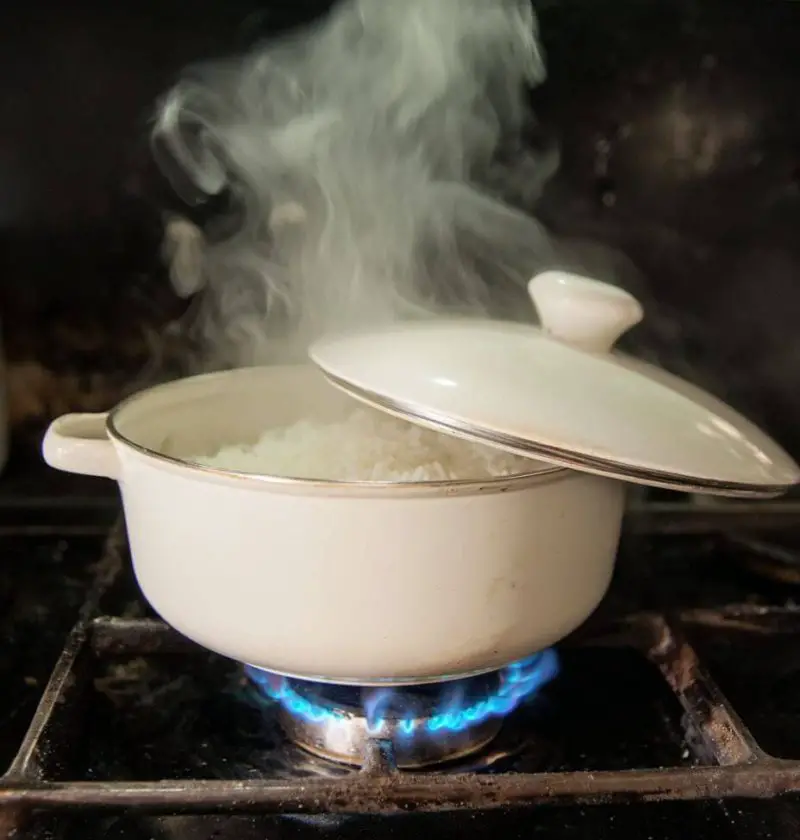Save This Recipe
Alright, confession time: for years, I thought I was doing something dangerous by putting warm leftovers in the fridge. My mom used to holler, “Let that cool off first! You’ll break the fridge!”—and I believed her. I mean, who wants to ruin a whole fridge over a lasagna, right?
But after cooking for a crowd more times than I can count, and doing a little digging into actual food safety science (because I’m that kind of person), I figured it out—and honestly, it’s not as scary or complicated as it sounds.
Let’s walk through it together—just two folks in the kitchen, sorting through the mystery of warm food and cold fridges.
Why This Actually Matters (More Than You’d Think)
Here’s what makes this worth knowing—and hey, I’ll keep it short:
-
Avoids nasty bacteria that can grow when food’s just sittin’ out
-
Keeps your food tasting like food, not mushy or weirdly dry
-
Doesn’t turn your fridge into a mini sauna
-
Makes sure you don’t waste good leftovers (and nobody wants that)
What’s the Big Deal with Cooling Anyway?
So, there’s this thing called the “danger zone.” No, not the one from Top Gun—this is the temp range between 40°F and 140°F where bacteria grow like weeds in a spring garden. The longer food sits in that range, the sketchier it gets.
Your goal? Get your food out of that zone as quickly as you can, without making your fridge beg for mercy.
Can I Put Hot Food Straight Into the Fridge?
Technically? Yes.
Should you? Not right away.
If it’s boiling-hot, throwing it in the fridge can crank up the temp in there and mess with everything else—milk, cheese, that one container of mystery leftovers you’ve been ignoring… you get the picture.
So here’s the sweet spot: let it cool a little. You don’t need to wait until it’s cold, but if it’s still steaming like a sauna, give it 15–30 minutes to take a breather.
My Favorite Real-Life Cooling Tricks (No Gadgets Required)
Okay, here’s what works in my actual kitchen, with real food and a real family that’s always asking, “Is this still good?”
-
Shallow is better than deep
Spread that chili out in a wide container. It cools so much faster than if you keep it in the giant soup pot. -
Break it up
Got a big batch of spaghetti sauce? Split it into a few smaller containers. No one wants to wait two days for the middle to chill. -
Crack the lid
Let the steam sneak out. A full-on seal traps all that heat. -
Ice bath = lifesaver
Pop the pot in the sink with some cold water and ice cubes. Stir it a bit. It’s like a little spa day for your soup. -
Don’t cram the fridge
Leave a little breathing room between containers. Your fridge needs to circulate air to do its thing.
What About the Whole “Leave It Out to Cool” Rule?
This is where things get tricky. People think they should leave food on the counter ‘til it’s nice and cool. But if you forget about it (which I definitely have while binging crime shows), it might sit too long—and that’s a no-go.
The golden rule? Two hours. That’s it. Set a timer if you’re easily distracted. And if your kitchen’s super warm (hello, summer), make it even less.
What I Do with Big Holiday Meals
Holidays are a beast of their own. You’ve got stuffing, turkey, gravy, and Aunt Linda’s green bean casserole, all competing for fridge space.
Here’s how I manage it without losing my mind:
-
Carve the roast or bird before storing—big chunks cool slow
-
Portion casseroles into small dishes
-
Cool things in the garage if it’s cold out (covered, of course)
-
Tell everyone to take leftovers home so your fridge isn’t jam-packed
Leftovers: Keep ‘Em Safe, Keep ‘Em Tasty
Once your food’s cooled down and tucked in safely:
-
Store it in airtight containers (I love the glass ones with snapping lids)
-
Eat it within 3–4 days
-
Reheat it ‘til it’s nice and hot all the way through—165°F is the magic number
If you’re not gonna get to it in time, freeze it. Your future self will thank you.
So, What’s the Bottom Line?
You don’t need to wait forever to put food in the fridge—but give it a minute. Let it cool just enough that it won’t steam up your whole fridge or warm up everything else in there.
Think of it like tucking a kid into bed—you want ‘em calm and cozy, not still doing somersaults.
And hey, if you’ve got questions or your own tricks for handling leftovers like a pro, leave a note below. I always love swapping kitchen wisdom with other home cooks. We’re all just trying to keep our food safe and our fridges happy, right?

